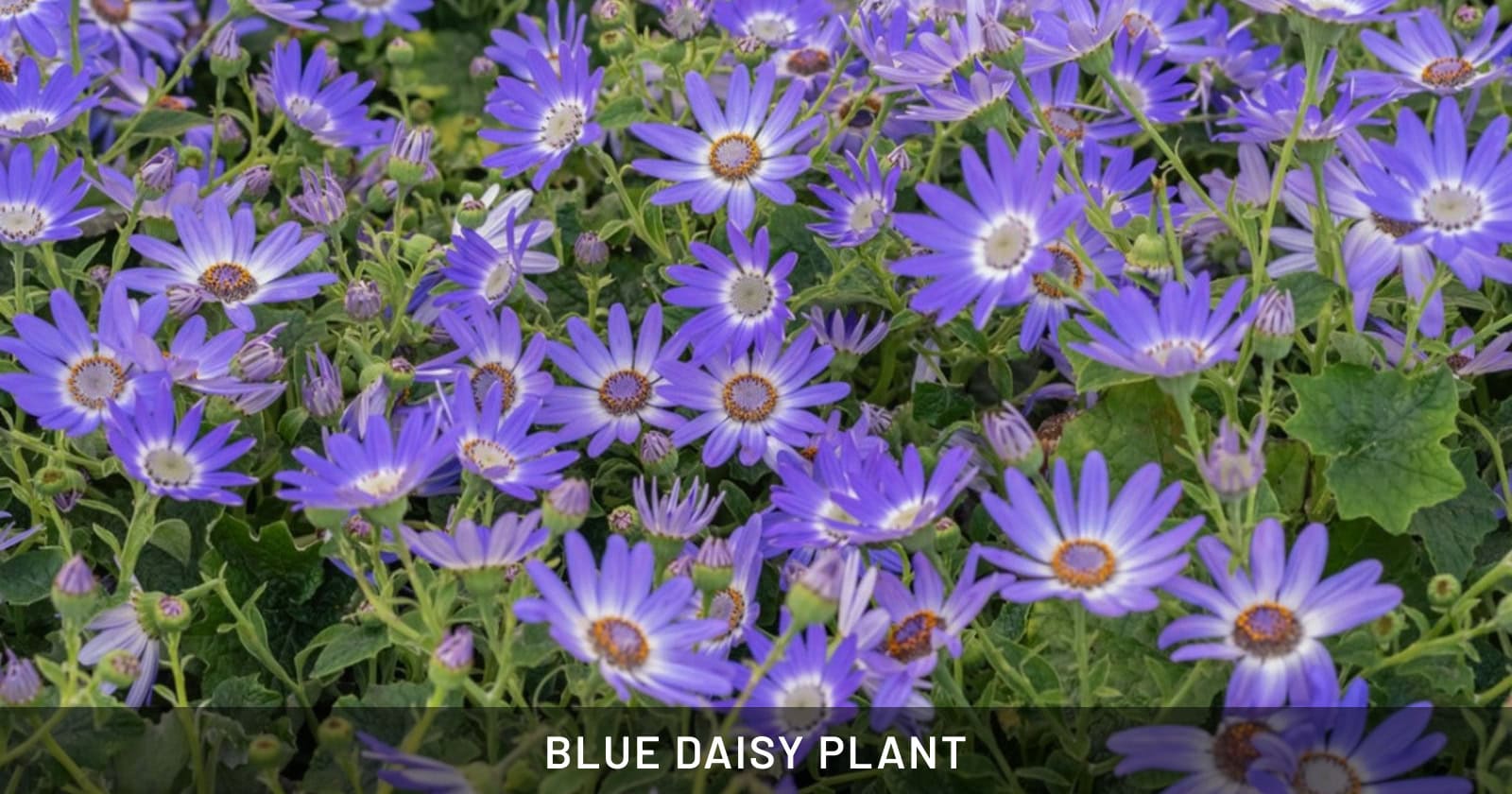Blue Daisy

The Blue Daisy, known scientifically as *Felicia amelloides*, enchants with its vibrant, sky-blue flowers and cheerful yellow centers. This perennial is a favorite among gardeners for its ability to bloom profusely from spring through fall, bringing a splash of color to any garden space. The Blue Daisy thrives in full sun and well-drained soil, and it is remarkably drought-resistant once established, making it a low-maintenance choice for busy gardeners.
Pet owners will be glad to know that the Blue Daisy is generally recognized as non-toxic to both dogs and cats. This feature, coupled with its hardiness and appealing appearance, makes it a delightful and safe addition to pet-friendly gardens.
| Characteristic | Detail |
|---|---|
| Scientific Name | Felicia amelloides |
| Common Names | Blue Daisy, Blue Marguerite, Kingfisher Daisy |
| Family | Asteraceae |
| Native Region | South Africa |
| Plant Type | Perennial |
| Growth Habit | Compact, bushy |
| Foliage | Dark green leaves |
| Flower Color | Bright blue petals with yellow centers |
| Toxicity | Non-toxic to cats and dogs |
| Light Requirements | Full sun |
| Watering Needs | Moderate, drought-resistant once established |
| Soil Type | Well-drained, moderately fertile |
| Climate | Prefers warmer climates, frost-sensitive |
| Propagation | Seed, cuttings |
| Uses | Ornamental, borders, containers, hanging baskets |
| Maintenance | Low; deadheading to encourage blooming |